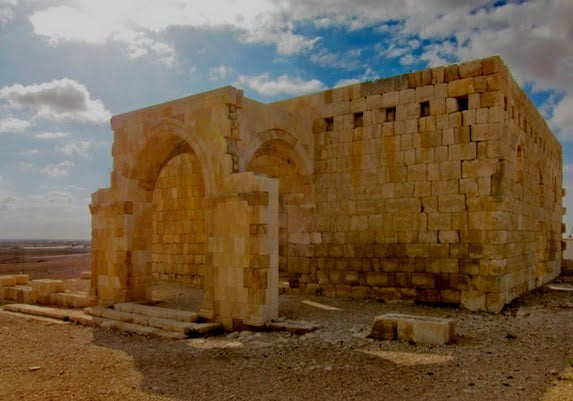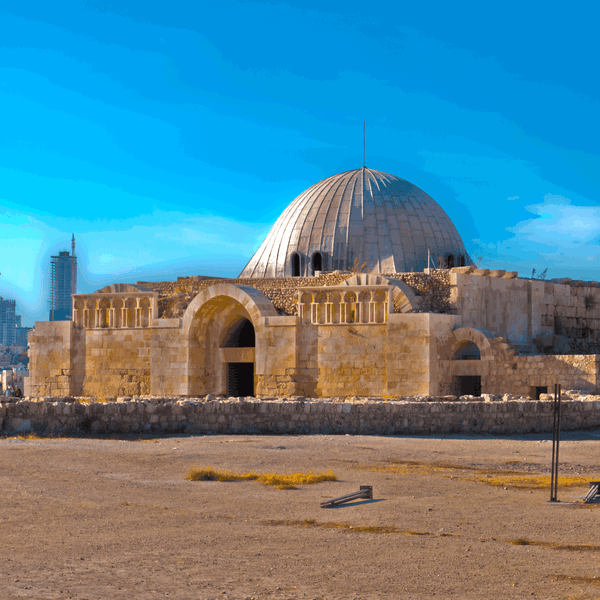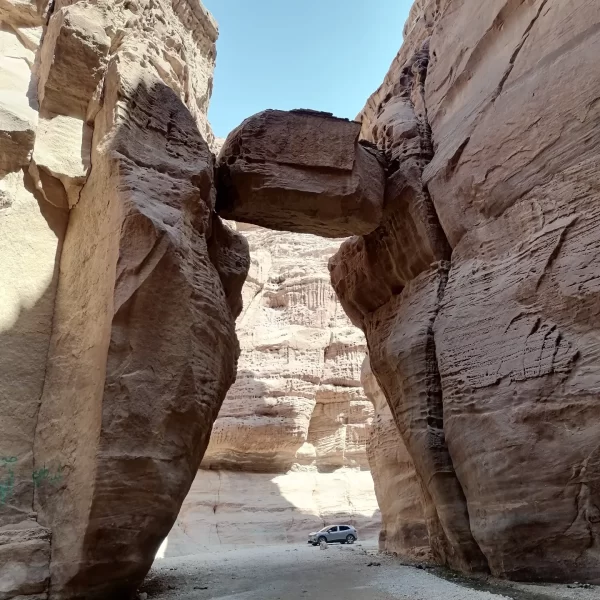Ain Ghazal: Unveiling the Mysteries of an Ancient Civilization
Ain Ghazal is more than just an archaeological site; it’s a window into the distant past, offering tantalizing glimpses of an ancient civilization that thrived thousands of years ago. Let’s embark on a journey to explore what Ain Ghazal is known for and uncover the secrets of this remarkable site.
What is Ain Ghazal Known For?
Ain Ghazal is renowned for its historical significance as an archaeological site of unparalleled importance. Nestled near the present-day capital of Jordan, Amman, this ancient settlement has captured the imagination of archaeologists, historians, and enthusiasts alike.
Where is the Ain Ghazal Civilization?
The Ain Ghazal civilization flourished in what is now modern-day Jordan, situated in the Middle East. Its location near a natural spring, from which it derives its name, made it an attractive spot for early human settlement.
How Old Are the Statues in Ain Ghazal?
The statues found at Ain Ghazal are nothing short of astonishing. Dating back approximately 7,000 to 8,000 years, these statues are among the oldest examples of human sculpture. Crafted during the Neolithic period, they provide invaluable insights into the artistic and cultural expressions of ancient peoples.
What is the Meaning of Ain Ghazal?
The name “Ain Ghazal” translates to “Ghazal Spring” in Arabic. This name likely reflects the presence of a natural spring in the vicinity, which played a crucial role in sustaining the community.
What are the Symbols at Ain Ghazal?
Ain Ghazal’s artifacts bear a tapestry of symbols and markings, including intricate geometric patterns and depictions of both human and animal figures. The meanings of these symbols remain a subject of ongoing research and interpretation, offering a tantalizing puzzle for scholars to solve.
When Was Ain Ghazal Found?
The discovery of Ain Ghazal occurred relatively recently, in the 1980s, during construction work near Amman. It was a serendipitous find that has since yielded a treasure trove of ancient relics and structures.
Was Ain Ghazal a Farming Community?
Agriculture was a cornerstone of life at Ain Ghazal. Archaeological evidence paints a picture of a thriving farming community that cultivated crops like wheat and barley. The domestication of animals, including goats and cattle, further underscored the community’s agrarian roots.
Where Were the Figures from Ain Ghazal Discovered?
The iconic Ain Ghazal figures and statues were primarily unearthed within the confines of ancient houses at the settlement. These figurines were often discovered in pits and burials, suggesting their potential role in religious or cultural practices of the time.
What Primary Material Do the Jericho Skulls and Ain Ghazal Figures Have in Common?
Both the Jericho skulls and the Ain Ghazal figures share a common material – plaster. These ancient artifacts were crafted using plaster, shedding light on the remarkable artistic skills and creative techniques of the people of that era.
In conclusion, Ain Ghazal stands as a testament to the ingenuity and cultural richness of an ancient civilization. Its statues, symbols, and historical significance continue to captivate those who seek to unravel the mysteries of our shared human heritage. This remarkable archaeological site reminds us that the past holds a treasure trove of knowledge waiting to be discovered and understood.




